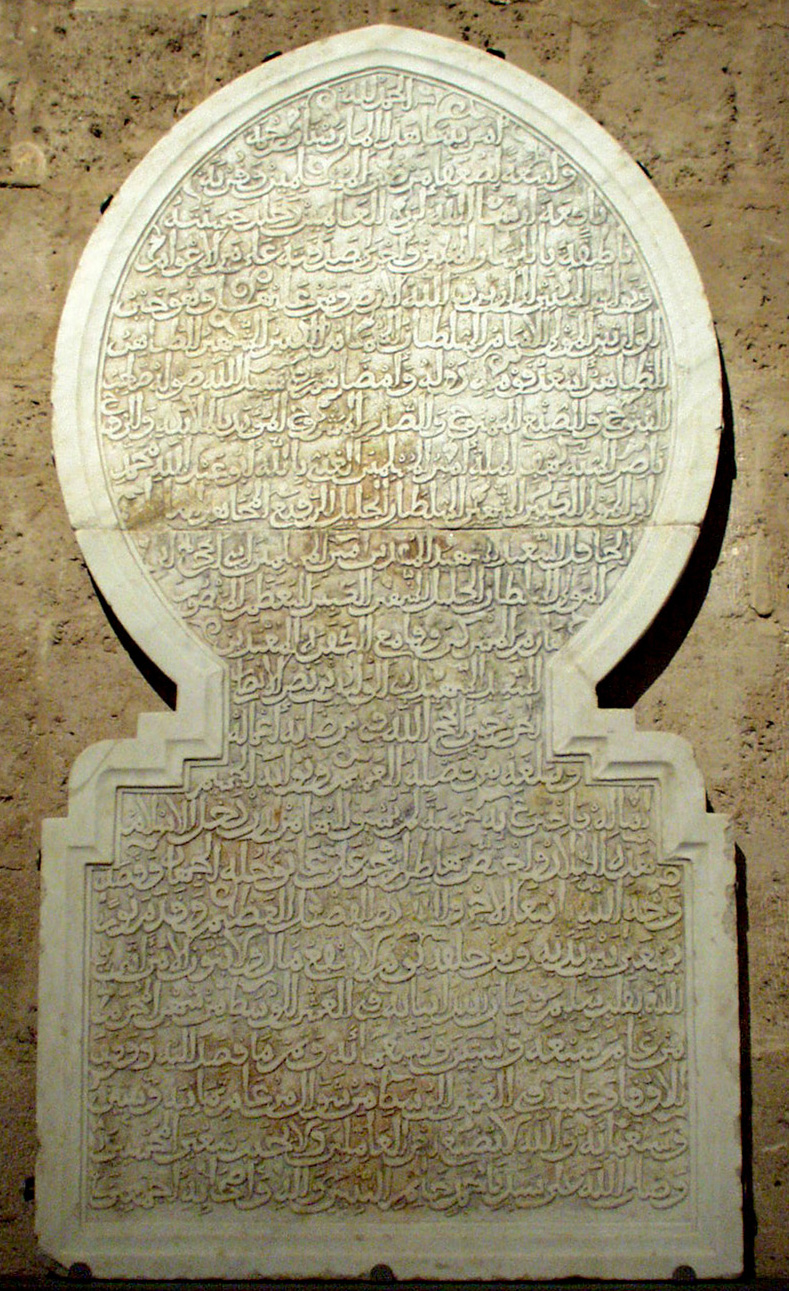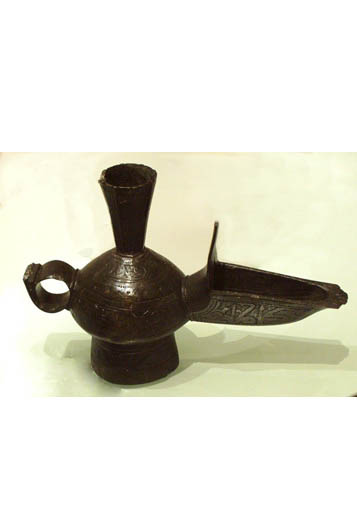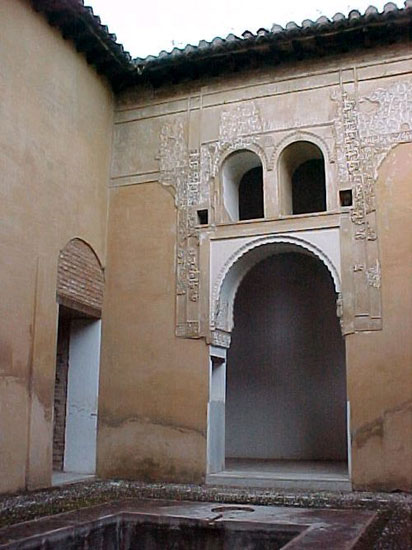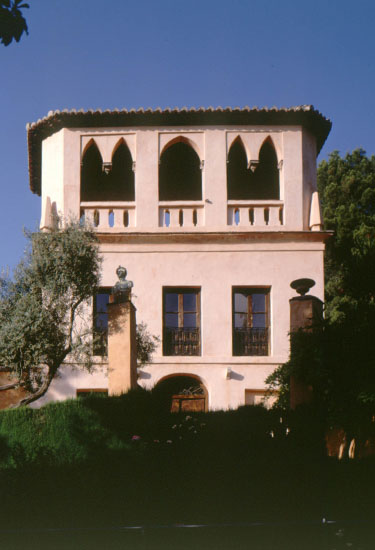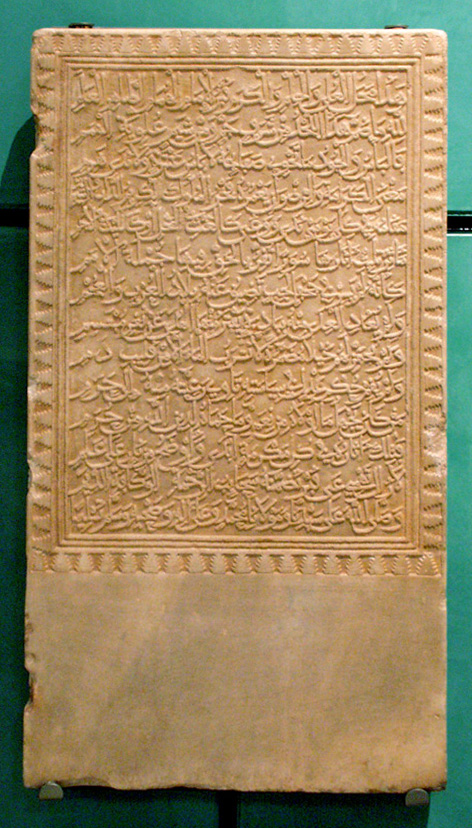Corbel from the Court of the Lions / The plasterwork decoration in the Tower of Las Gabias

Corbel from the Court of the Lions
Dra Mª Carmen López Pertíñez
Saturday 12th and 19th 12.00 a.m.
This corbel (R 264) or bracket from the Court of the Lions is one of the most interesting pieces in the Museum of the Alhambra’s collection of architectural features in wood. Its importance lies in the fact that it is one of the few surviving original corbels from the eaves of the Court of Lions. The corbels we see today in situ are copies carved by Moroccan craftsmen in the 19th Century that at best evoke some of the features of the original.
The most complete of all the surviving examples is on display in Room V of the Museum. This bracket gives us an insight into what the complete original work must have looked like, as it shows most of the length and the excellent device of the keel-shaped head. With the help of other fragments we have managed to gauge some idea of the colours used to decorate it. In short, although we are viewing this piece out of context, it gives us a much better idea of the original appearance of the Court of the Lions, an emblematic space in the Nasrid Palaces of the Alhambra.
The plasterwork decoration in the Tower of Las Gabias
Mr Venancio Galán Cortés
Saturday 5th and 26th 12.00 a.m.
There is plasterwork decoration in the palaces of the Alhambra and the Museum has an excellent collection of pieces, which as well as being intricately carved also conserve a lot of their original colour, so allowing us to understand the fine quality of this decoration.
Although in the past, historians did not have a high regard for plasterwork, considering plaster to be a material of inferior quality, the truth is that these pieces are great works of art.
The Alhambra is not the only Nasrid monument with plasterwork remains. In the nearby village of Las Gabias, there is a defensive Tower which is the only construction of its kind in the Vega, the flat plain around the city of Granada.
The Alhambra had a long and close relationship with this village for another reason – its gypsum mines, described in the chronicles of the time. A large proportion of the plaster used to decorate the rooms and palaces of the Alhambra was made from gypsum mined in Las Gabias.
The talks on 19th and 26th December will be transmitted live on the Periscope application for smartphones and tablets





 Contact
Contact






